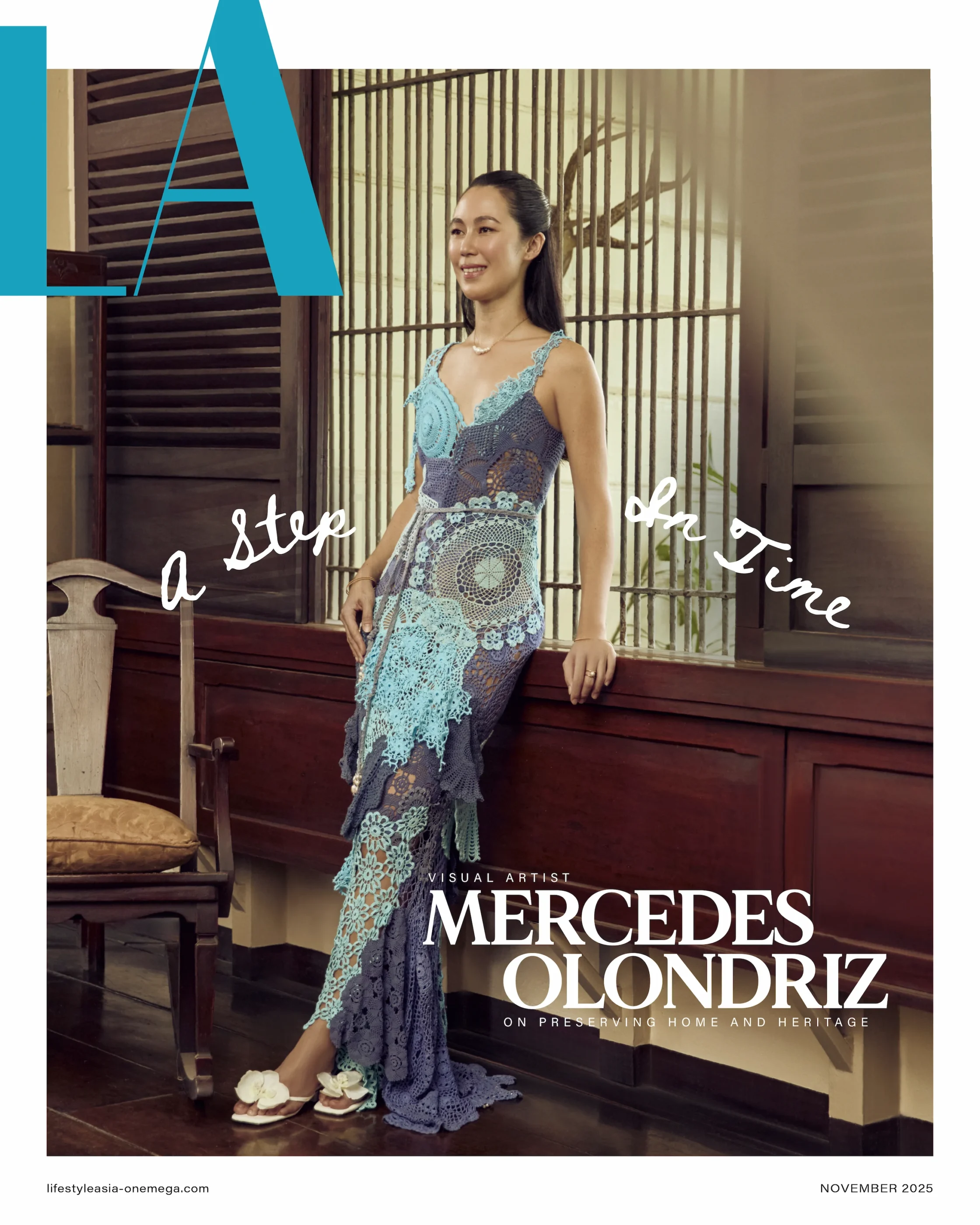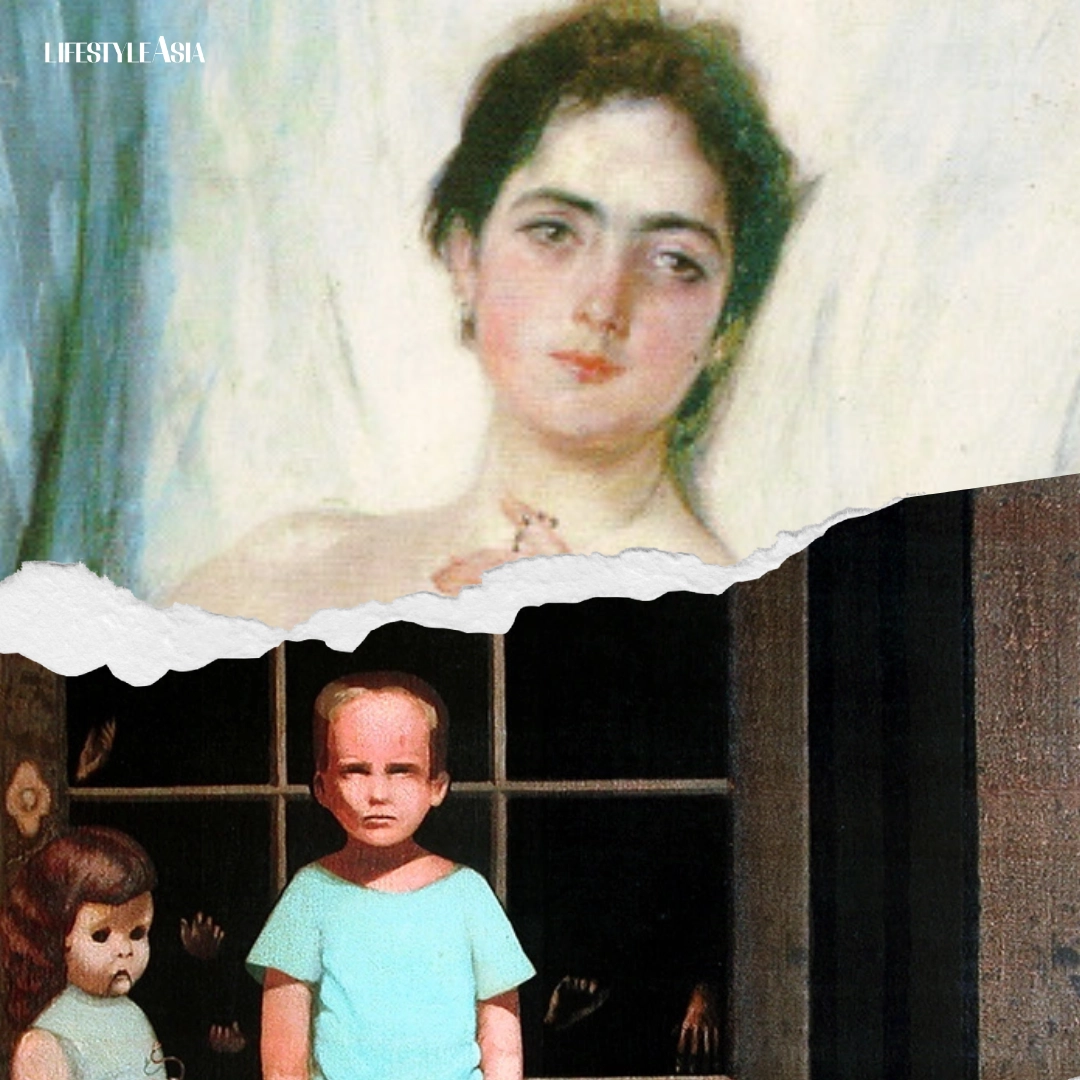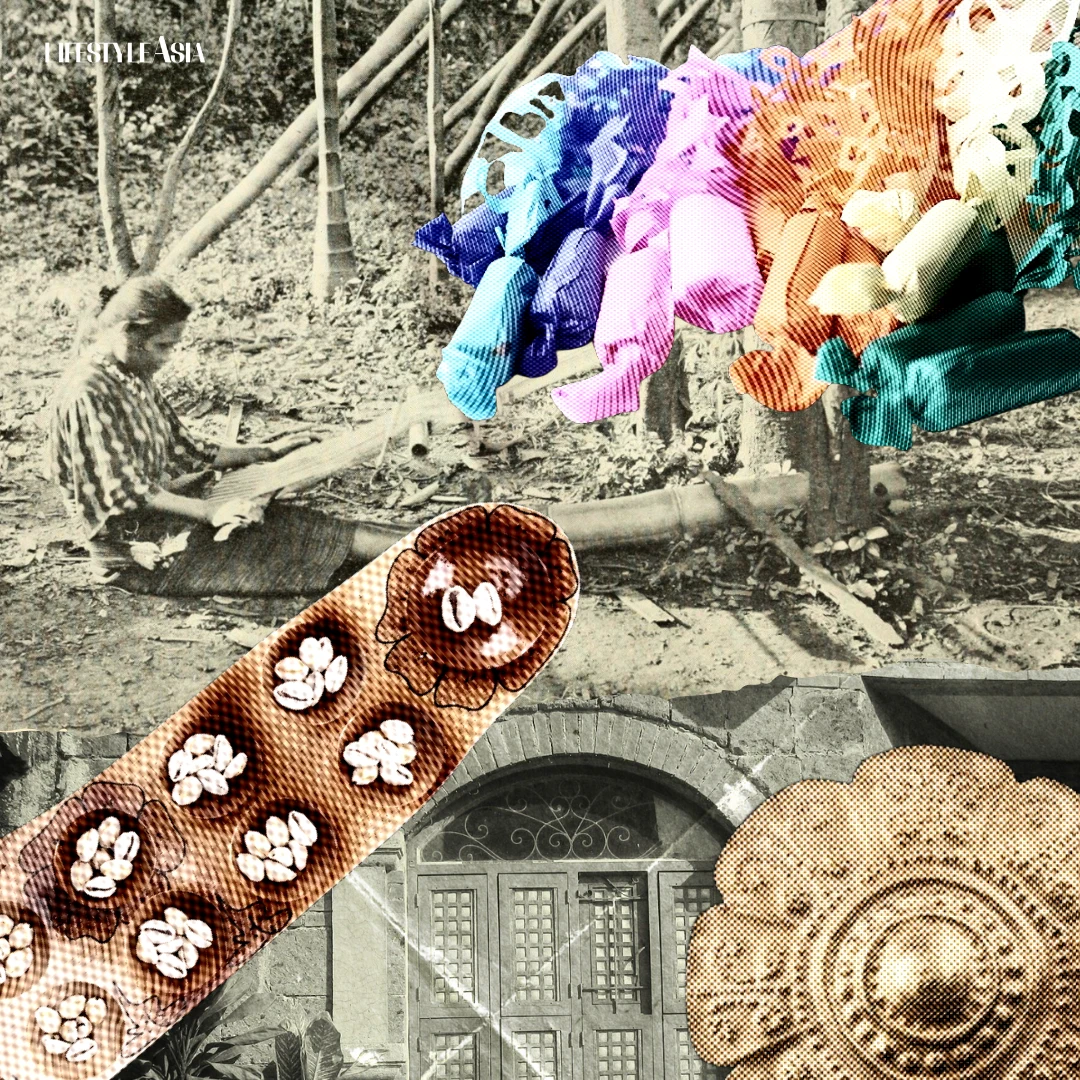Composer and longtime devotee Anya Lagman on why Lorde’s most vulnerable album yet marks a radical artistic rebirth.
As a longtime Lorde devotee still emotionally tethered to her 2017 sophomore album and masterpiece, Melodrama, I approached her latest release, Virgin, with anticipation and trepidation.
For those less familiar with Lorde’s evolution, she’s been defying pop conventions since bursting onto the scene as Ella Yelich-O’Connor in 2013 with Pure Heroine. But it was Melodrama that cemented her reputation as one of music’s most compelling storytellers. Her follow-up Solar Power leaned into a psychedelic pop aesthetic that she herself described as her “weed album.” While I appreciated the refreshing and different sound, part of me continued to cling to the raw emotional intensity that first made me fall in love with her music.
Now, four years later, she’s answered our prayers with the Melodrama-esque single, “What Was That.” First, we fans might wonder: Is she just making Melodrama 2.0? But the album isn’t what you think. Virgin presents a raw, introspective, and honest version of Lorde. In a way, we’re virgins to this side of her. And so is she. This is Lorde 4.0.

Lorde went all out with her album cover and isn’t afraid to reveal anything, especially with the NSFW insert photo from her vinyl that shook the internet. Some might call it vulgar, but she’s allowing listeners to see right through her, both literally and figuratively, down to her very bones. As someone with synesthesia, Lorde even described the color of Virgin as “transparent.” She’s laying it all out on the table entirely out of her own free will.
READ ALSO: When Music Became The Best Marketing Luxury Brands Could Buy
What also makes this album especially interesting is that it’s the first time Lorde has released an album as a single woman. Throughout her years in the public eye, she’s always been in relationships. But this is the “virgin” side of Lorde that we’ve never seen before. She’s never truly been alone. Until now. For the first time, she can ask herself honest questions about her femininity, gender identity, and her relationships with intimacy and her eating disorder.
Here’s my breakdown of the album and why I think Virgin is worth a listen.
“Hammer”
On first listen, the album feels like peeling back the layers of an onion and getting down to the core. The deeper you go, the more raw it feels. You might think the opening track, “Hammer,” is just a vibey song (a 2025 version of “Green Light“). But she quickly challenges that assumption with the line: “Some days I’m a woman, some days I’m a man.”
Her music video is an ode to liberation: to being single, exploring identity, and embracing sexuality. From carefree summer days by the lake with friends to letting loose in a nightclub, she pushes the boundaries even further with shots of herself bare in a fishnet. Like capturing a rare species, it makes the rebirth of a new Lorde. She is emerging, becoming, and revealing the rawest version of herself.
“What Was That”
You might think “What Was That” is just another Melodrama-style track (not that I’d complain). But to Lorde, it’s “the sound of my rebirth.” It’s the antithesis of Melodrama. As she describes it, the song is the sound of a fresh breakup, her decision to stop taking birth control, and her internal battle with an eating disorder.
There’s also a sense of nostalgia. Maybe it’s Lorde revisiting the Melodrama world one last time, reliving that life just enough to step outside it and ask herself, “What was that?”
We, too, must wake up from this fever dream and hear what she’s trying to say. A lot has changed since 2017. So while “What Was That” might give us a nostalgic taste of Melodrama, don’t get comfortable. There are still more layers to go.
“Shapeshifter”
“Shapeshifter” opens with an obscure beat that makes you wonder: Is this Lorde as a Powerpuff Girl? Then, as more musical elements are layered in, you start to think: Or, is this Lorde in the style of The Poster Service? But maybe that’s what she wants you to think.
Throughout the track, Lorde shapeshifts through identities, leaving herself confused and untethered. Amidst all the trials and tribulations, she’s tried not to give herself to anyone, not to get too attached, convincing herself (and us) that she’s “not affected.” But the more she repeats it, the more it’s clear she’s lying through her teeth.
As the song nears its end, a creeping bass synth builds, growing heavier and more intense, mirroring her unraveling. All she wants is to “fall.” And by the final note, it’s clear: she’s affected.
“Man of the Year”
It’s the song Lorde calls her proudest on the album, and it is her response to society’s relentless questioning of her gender identity. She rejects labels and instead crowns herself “Man of the Year.”
The song begins stripped back, almost Solar Power-inspired, but gradually builds in intensity. By the final third, it bursts into an explosion of emotion, signalling the birth of a new Lorde. In the closing moments of the music video, she’s lying in the dirt like a newborn. She’s been reborn, and she’s afraid no one will love her for who she truly is.
“Favorite Daughter”
This track bounces back as an upbeat, happy-go-lucky song, at least on the surface. It feels like listening to someone fake a smile for so long that you start to see how exhausting it is for them. Eventually, you feel exhausted from watching them pretend.
While Lorde reflects on the pressure of being a young, accomplished Grammy winner, the song is still deeply relatable to listeners. At its core, it’s a conversation with her mother about the pressure to become something great, not just for ourselves, but for our parents. And often, that pressure isn’t even what they place on us; it’s the weight we put on ourselves.
“Clearblue”
“Clearblue” is the core of the metaphorical onion: raw, vulnerable, and so emotional that it stings. It stands out as a purely a cappella track, built from her vocals alone: a vocoder-like harmony of inner voices and silent pauses that make you feel like you’re frozen in fear.
It sounds like a reenactment of her taking a pregnancy test after unprotected sex. She’s terrified, living on the edge, yet there’s a strange sense of liberation from the layered vocal effects that sound like moans. It feels naked, vivid, and overflowing with emotion. Even if you haven’t experienced it, you can’t help but feel it deeply.
“GRWM”
This is Lorde’s attempt to play it cool, stay unattached (like in Shapeshifter), and embody what she calls a “f*ckgirl.” She describes the drums as “bombastic,” yet the harmonies remain mellow and Pure Heroine-esque.
But through this song, it feels like she’s coming to realize that ever since her debut album, she’s been trying to prove to herself and the world that she’s older, more mature than her age. Yet in all that effort, it seems she still isn’t fully convinced.
“Broken Glass”
When writing a song so personal, it’s easy to be too on-the-nose and to the point where listeners might miss the deeper meaning and assume she’s simply stating that she has an eating disorder. But it’s tasteful for Lorde to mask her struggles in a synth-heavy, upbeat pop song like “Broken Glass.”
I imagine she wanted a track that she could dance to, a way to shake off the pain in a nightclub. It almost hurts listening to a song that sounds happy but shouldn’t be. But Lorde understands the power of contradiction. Just like so many people who put on a brave face while struggling inside, this song captures just that.
And maybe that’s where listeners can find comfort: in their pain, on the dance floor, right alongside her.
“David”
“David” feels like a slow descent back to reality, a gentle unraveling from the dreamlike world Lorde has built throughout the album. It’s like watching the denouement of an indie biopic about her life, as if you’re sitting in a movie theater beside her, reflecting on her journey, her career, and the loss of self that came with being told what to do and how to be.
But the tension creeps in. The distorted synthesizer gradually builds until it releases the last burst of energy. And suddenly, we’re left with nothing but Lorde asking herself, “Am I ever gonna love again?” It’s the only moment on the album where she feels truly alone, her voice laid bare against a hammer-heavy keyboard.
It’s a question she seems to shout into the void. And we’re left waiting for the answer, perhaps for another four years, or until the next album arrives.
The Final Verdict
In a world flooded with mass-produced, TikTok-driven songs, we hear an artist who isn’t trying to chase the next big hit or fuel the next Brat summer. She tells stories only she can tell. These aren’t songs strictly made to be the soundtrack of a TikTok video, but ones that ask us to slow down and listen to what she has to say.
We all know how harmful the music industry can be, especially for artists who rise to fame at a young age. But Lorde has nothing to hide when it comes to the battles in her personal life. She has the strength to turn that pain into storytelling, into a journey you can feel.
Even if we don’t know her personally, even if we only know her as Lorde and not Ella, there’s a genuine connection here that long-time fans will deeply appreciate. She’s still here: not selling out, not chasing trends, but making music for herself, and hoping that we’ll embrace Lorde 4.0 right along with her.
Anya Lagman is a 23-year-old award-winning Filipina composer, producer, and pianist based in Los Angeles and Manila. Her work has been featured in the Emmy-winning series Scavengers Reign and Common Side Effects. She has collaborated with ensembles such as the Los Angeles Chamber Orchestra, Philippine Philharmonic Orchestra, and Manila Philharmonic Orchestra, with performances across the US, the Philippines, and Switzerland. Anya graduated summa cum laude with a degree in Composition from the University of Southern California’s Thornton School of Music.





